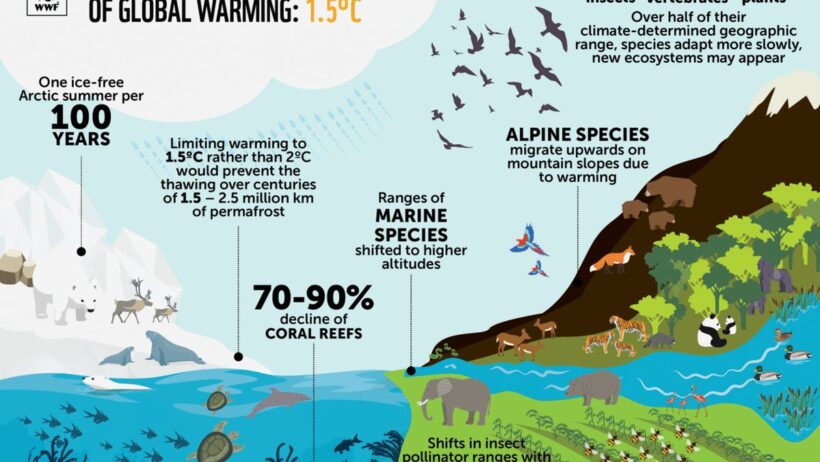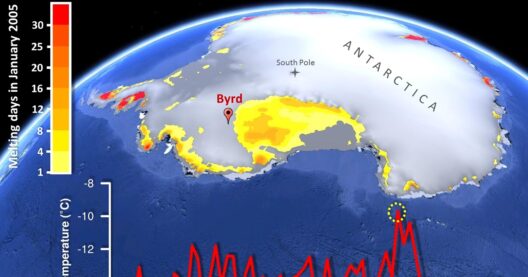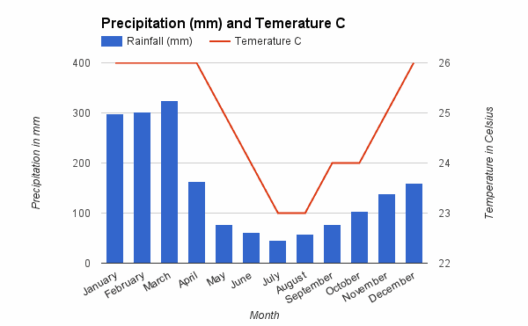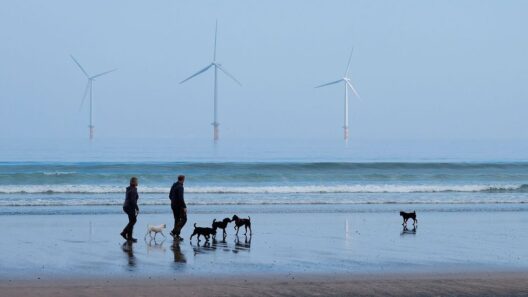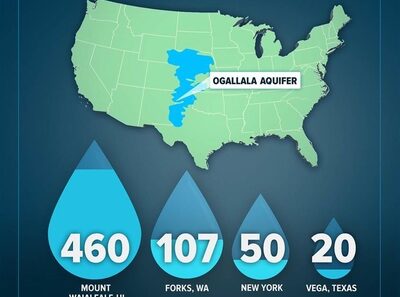In the intricate tapestry of life that envelops the United States, biodiversity is a thread of unparalleled significance and beauty. Each species, from the grizzly bear that roams the vast expanses of Yellowstone to the tiny, delicate monarch butterfly that migrates thousands of miles, contributes to the ecological symphony that sustains our environment. Yet, this vibrant tapestry is fraying, threatened by the pernicious advances of global warming. The ramifications of climate change extend far beyond mere temperature fluctuations; they culminate in a veritable crisis for our unique wildlife and natural ecosystems.
As the Earth warms, it’s akin to an artist altering their masterpiece, each stroke transforming color and shape in ways that can be detrimental. For the flora and fauna of the United States, this metamorphosis is alarming. Our forests, wetlands, grasslands, and deserts are experiencing profound changes that reverberate through entire ecosystems. The delicate balance that allows myriad species to thrive is being disrupted, leading to cascading effects that jeopardize the very foundations of biodiversity.
Consider the polar bear, an emblematic epitome of the Arctic wilderness. The miasma of climate change has led to the rapid melting of polar ice sheets, their primary habitat. As these bears roam further in search of food, they encounter humanity more often, leading to conflicts that further threaten their survival. The metaphor of a ship stranded in a freezing sea resonates profoundly here: the ice is disappearing beneath their paws, leaving them adrift in a precarious struggle against extinction.
But the plight of the polar bear is only one note in the symphony of biodiversity at risk. Amphibians, often heralded as indicators of environmental health, are experiencing rampant population declines across the continent. The rise in global temperatures alters their breeding cycles, disrupts their development, and exacerbates the spread of diseases such as chytridiomycosis. Frogs and salamanders, once abundant and widespread, now find themselves in a precarious tango with fate, their once-clear waters tainted by a warming world.
Moreover, ecosystems such as coral reefs—akin to underwater metropolises—are deteriorating at an alarming rate due to ocean acidification and rising sea temperatures. The Great Barrier Reef, while not in the U.S., serves as a poignant reminder of what could become of our coastal habitats like Florida’s coral reefs. As marine species rely on coral as a vital habitat, their decline signifies a larger catastrophe; the loss is not merely of coral itself but extends to fish populations and countless organisms that rely on this critical ecosystem. As coral dies, so do thousands of species, transforming a thriving sanctuary into an eerie desert of bleached skeletons.
Within terrestrial realms, our forests pulse with life, serving as a refuge for myriad species. However, as temperatures rise, so too does the threat of pests and diseases that exploit the weakened trees. The mountain pine beetle, for instance, has burgeoned in numbers due to extended warm seasons, leading to widespread devastation of pine forests across the West. This infestation not only endangers the trees but disrupts the entire ecosystem, impacting wildlife that nests in their boughs or relies on them for sustenance. The scenario unfolds like a tragic play, where the protagonist—the forest—falls victim to invasive threats, while the entire cast of species tied to its survival faces imminent peril.
The repercussions of biodiversity loss extend beyond the immediate threat to individual species. The decline of wildlife engenders a ripple effect, impacting ecosystem services that are essential for human survival. Pollination, a critical process for food production, can falter as bee populations dwindle due to changing climates and habitat loss. The intricate relationship between floral blooms and their pollinators becomes tenuous, threatening agricultural output and food security. Thus, humanity finds itself ensnared in a paradox: the very climate change primarily driven by human activity is jeopardizing the intricate balance upon which our own survival is hinged.
As stewards of the Earth, it is imperative to recognize the interconnectedness of our actions with the health of ecosystems. Biodiversity is not an abstract concept; it is an essential foundation of resilience, providing adaptive responses to climate variability. Conservation efforts must transcend traditional boundaries, embracing innovative approaches that integrate climate resilience strategies with habitat protection. Initiatives that promote reforestation, wetland restoration, and sustainable land use can serve as vital lifelines for species on the brink.
Moreover, public awareness and engagement are crucial in combatting the threat of global warming to wildlife. When communities come together to advocate for sustainable practices, they create powerful waves of change. Educational programs that foster an appreciation for native species and their roles can ignite a passion for conservation, connecting people with their natural heritage. This cultural shift can inspire a renewed commitment to protecting biodiversity, recognizing it as an integral part of our identity.
In conclusion, the specter of global warming looms large over the diverse wildlife of the United States, from the Arctic to the temperate forests and vibrant coastlines. Each species, each ecosystem, holds intrinsic value not just for its appeal but for the critical roles it plays within the greater ecological framework. As we navigate the intricate challenges posed by climate change, it is incumbent upon us to act decisively, safeguarding the rich tapestry of biodiversity that sustains us all. The time to act is now; nature’s clock is ticking, and the threads of life are becoming perilously frayed.



